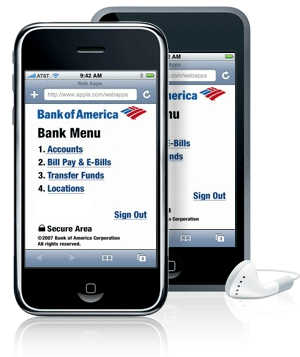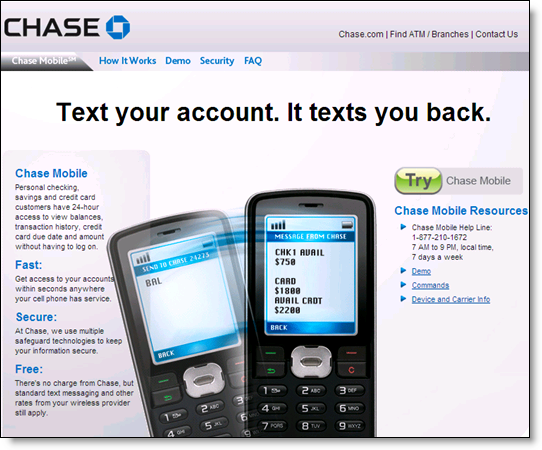 Change Sciences, publishing under the moniker of its new Kantuit research service, just released its latest financial services website evaluation. The report uses proprietary user-experience modeling to rate, rank and compare 18 leading banking sites on how easy it is to find, select, and open a new deposit account online (see Table 1, inset).
Change Sciences, publishing under the moniker of its new Kantuit research service, just released its latest financial services website evaluation. The report uses proprietary user-experience modeling to rate, rank and compare 18 leading banking sites on how easy it is to find, select, and open a new deposit account online (see Table 1, inset).
Citibank and WaMu were ranked one and two and scored significantly better than the others. Wachovia was third, scoring about 20% higher (the lower the score, the better). Bank of America, Fifth Third and BB&T were in the next tier, finishing about 50% higher. Among mega-banks, U.S. Bank had the worst score, more than double the leaders.
The Change Science score includes various components that show how a consumer may struggle with various aspects of the application process. These individual scores are totaled to come up with the final composite score shown in Table 1 right.
For example, Figure 1 below illustrates the scores for "Effort (expended) finding and learning about deposit accounts" with Fifth Third leading the way with a 0.1 score, compared to Peoples United Bank, the worst of the sample, scoring 19x higher at 1.9
Download an abstract of the research results here (registration required). The full report runs $4,000; a significant investment yes, but you could make that up with just a handful of additional good deposit accounts. 
 In its latest quarterly financial results (
In its latest quarterly financial results (










